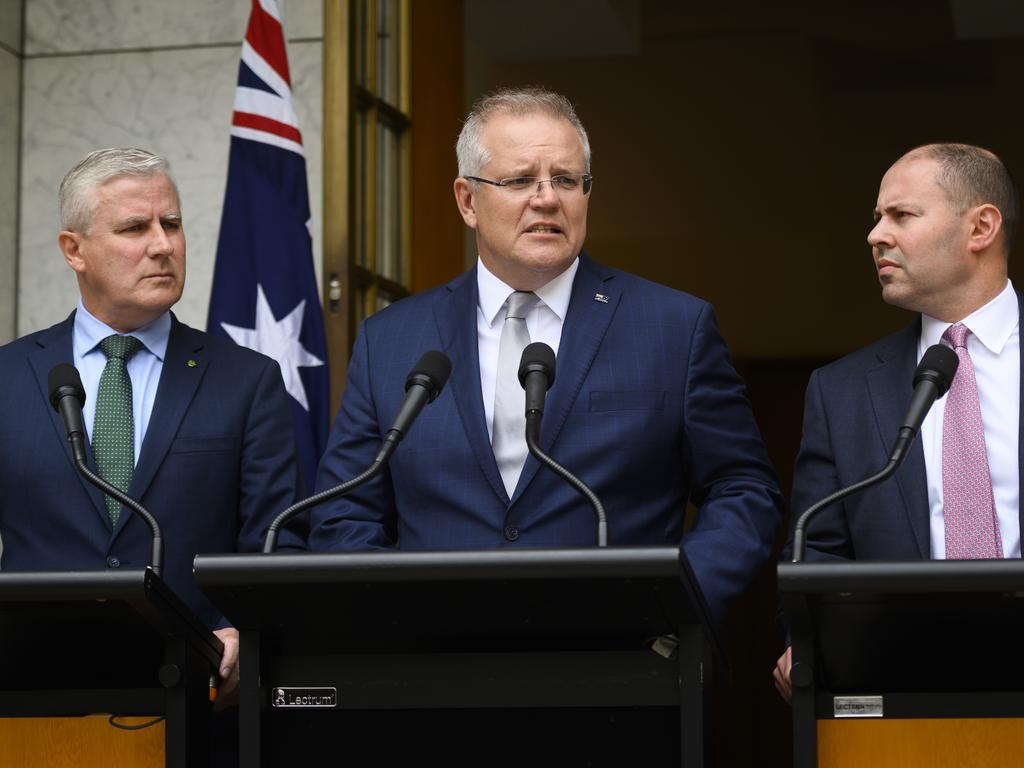Bushfires: Reconstruction a tough task if history is a guide

The history of reconstruction funding from previous natural disasters in Australia is a potted one, with one constant being that the more complex the disaster, the slower the process of getting money out of Treasury coffers, past the bureaucrats and on to the ground where it is needed.
And Australia has faced few disasters more complex than what has unfolded in Victoria, NSW, South Australia and Queensland in recent weeks — multiple fires across four states affecting a diverse range of people and industries, causing maximum economic damage at a time of year when business activity should be at its height.
While the response to these fires has had its problems, with the agencies involved not clear at times on what each other was doing, the phase of recovery and reconstruction risks becoming a far more difficult challenge than putting the blazes out or getting people out of harm’s way. Contrast this with the response to the last substantial natural disaster the nation endured fewer than 12 months ago.
The monsoon event that produced a 700km wall of water covering north and northwest Queensland last February caused an estimated $5.6bn in damage. Stock losses were huge. Fully one-tenth of the national herd was lost, along with 6500km of state road and about 10,000km of fencing.
Scott Morrison’s response then was swift and decisive, appointing Shane Stone to head the North Queensland Livestock Industry Recovery Agency to decide when and where $300m in recovery funding would be spent. The agency managed to do that job in about four months, with the Prime Minister himself attending some agency meetings and Stone and his staff travelling an estimated 10,000km, stressing all the way that its guiding principle was “locally led, locally understood and locally implemented”.
It now has the national response to drought added to its responsibilities. Inspiring as that response seems to be, it involved the recovery of a discrete (albeit massive) area, with one state and a handful of councils to keep informed and co-ordinated. As Stone said on Monday, what he had to deal with in many ways was a “loss of business”. The fires on the other hand mean a “loss of THE business, it’s burnt to the ground”.
Stone met the head of the new National Bushfire Recovery Agency, Andrew Colvin, at the weekend, telling him the key would be to “work out what you say yes to, work out what you say no to, and then do what you said yes to … It’s all about ensuring you are giving a hand up, not a hand out.”
It is worth remembering, too, that the recovery from the north Queensland floods was not without fault. Six months after the waters receded, Townsville was still waiting for Canberra to release much of the $242m in reconstruction funds promised under Disaster Recovery Funding Arrangements.




When it gets down to nutting out the detail of the Morrison government’s $2bn bushfire recovery and reconstruction fund, it will be well worth remembering the old philosopher’s warning about those who do not learn the lessons of the past being condemned to repeat them.